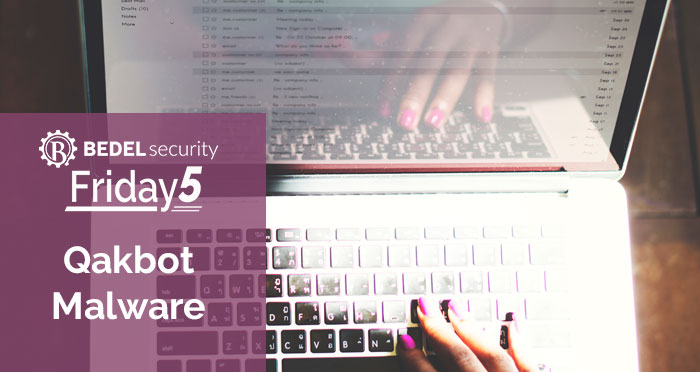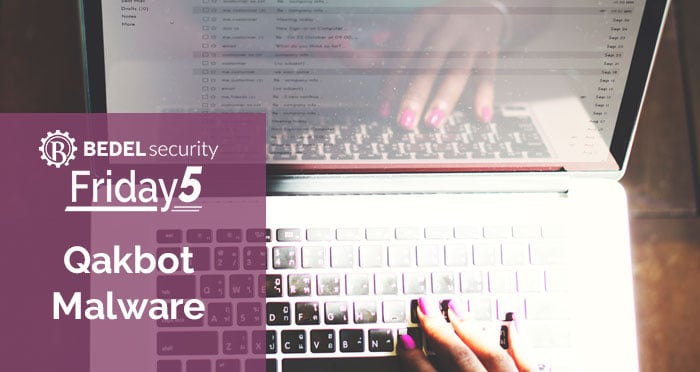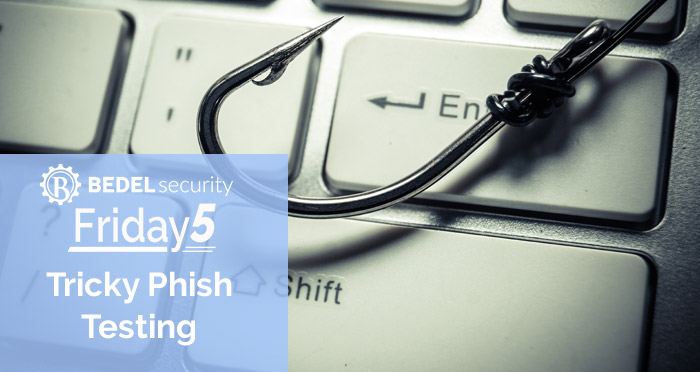Discussions Triggered from the LastPass Breach
Over the past month, many have written about the latest LastPass breach. If you have not kept up with the breach, you can see the disclosure from...


Qakbot (also known as Quakbot or Qbot) is a malware strain that has been used to attack financial institutions since 2008. It’s primary target is stealing bank credentials in order to enable wire fraud. Don’t let its age fool you though, it is still a favorite of the bad guys and seen plenty in 2020. Also, it has been successful in gathering multi-factor authentication (MFA) codes and its presence has also been identified as a precursor to ransomware.
This malware has been linked to the recent arrests and raids in Ukraine, including a software package called U-Admin, which can be seen demonstrating the theft of passwords and MFA codes in a video on Brian Kreb’s security blog: https://krebsonsecurity.com/2021/02/arrest-raids-tied-to-u-admin-phishing-kit/.
Here’s how Qakbot can get into a victim computer in five steps, resulting in command and control:
Of course, we won’t leave you without some steps to consider in preventing a Quakbot or similar malware infection:
https://blog.bushidotoken.net/2020/11/gathering-intelligence-on-qakbot.html
https://www.crowdstrike.com/blog/duck-hunting-with-falcon-complete-qakbot-countermeasures/
Guidance on Obsolete Encryption Protocols
https://www.bedelsecurity.com/blog/guidance-on-obsolete-encryption-protocols
SolarWinds: 5 Points to Communicate to Your Board
https://www.bedelsecurity.com/blog/solarwinds-5-points-to-communicate-to-your-board
Mitigating Supply Chain Attacks
https://www.bedelsecurity.com/blog/mitigating-supply-chain-attacks
SolarWinds: What do we know so far?
https://www.bedelsecurity.com/blog/solarwinds-what-do-we-know-so-far
Information Security Strategy: 5 Tips for Success
https://www.bedelsecurity.com/blog/information-security-strategy-5-tips-for-success
The Virtual CISO Whitepaper
https://www.bedelsecurity.com/the-virtual-ciso-whitepaper

Over the past month, many have written about the latest LastPass breach. If you have not kept up with the breach, you can see the disclosure from...

Phishing remains one of the top threats to organizations today. Every user regularly receives emails designed to trick them into clicking on a link,...